This weekend it was all about the Virgin. Thousands upon thousands of people took part in the various events which we previewed last Friday. Here’s the first of two parts from our report for 2009. The second can be found here.
Our Lady of the What? Why?!
In 1409, a Valencian priest confronted a mob who were preparing to lynch a mentally-ill homeless man near Santa Catalina. Father Jofre exhorted the mob to take pity on the poor soul, instead of stoning him to death. He would later base an important sermon on this and, as a result, Valencia would become the first city in the world to open an asylum for the mentally ill.
The asylum was run by a group of nuns, whose symbol was Our Lady of the Forsaken (Mare de Déu dels Desamparats). Over time, this symbol grew in importance and today Our Lady Valencia’s most well-loved and famous icon. It’s important to remember that she embodies Valencia’s historically unique role in caring for society’s most down-trodden members.
Fireworks & Folk Dance
On Saturday night, starting at 11:30pm in the Plaza de la Virgen, the municipal band of Valencia performed a short concert which concluded with fireworks over the Towers of Serrano and a huge folk dance which occupied the plaza’s entirety.
The fireworks were alright, but the dance was the main event. If you could stand the unceasing, maddeningly tuneless flute music, and manage to get a spot from which you can watch the dance unfold, it’s really something.
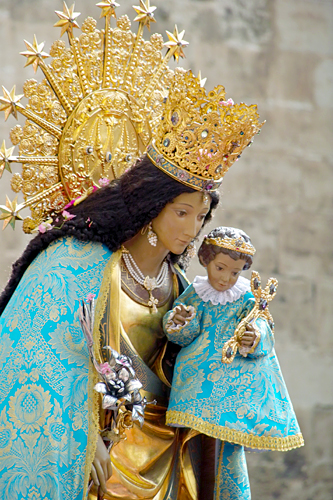

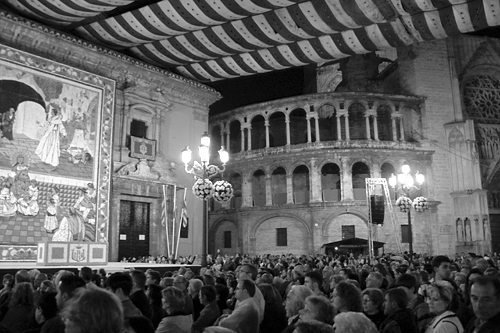
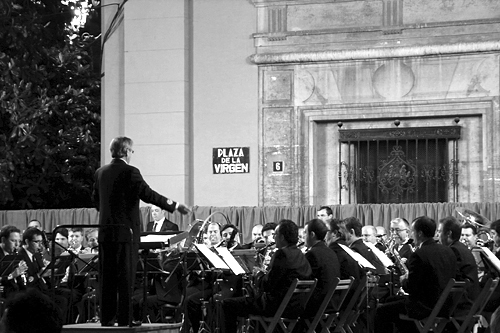
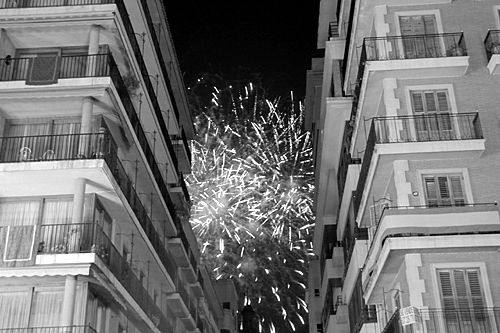
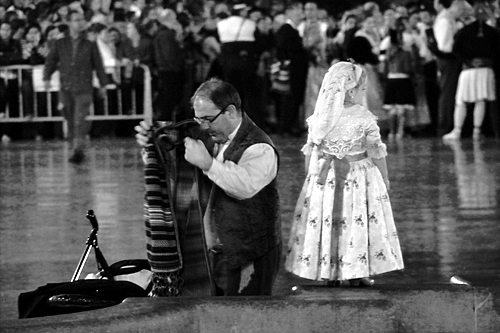
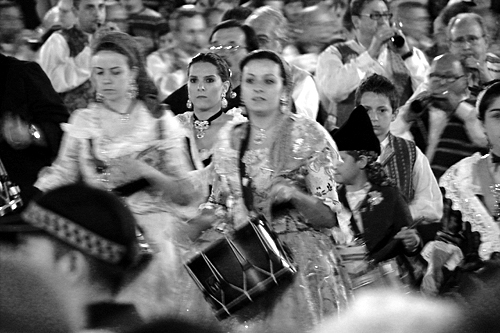
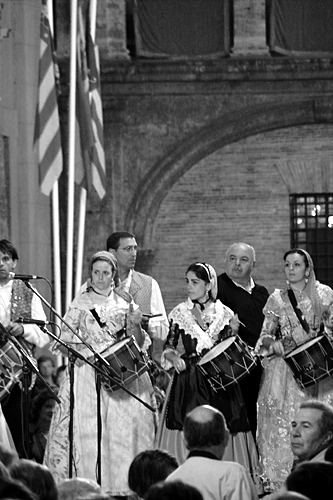

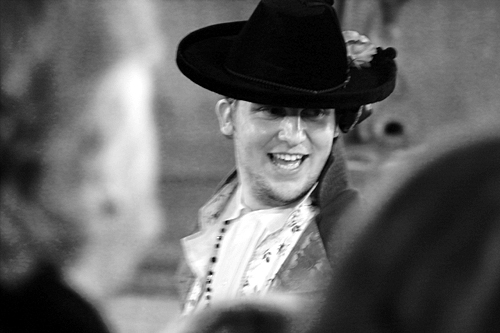
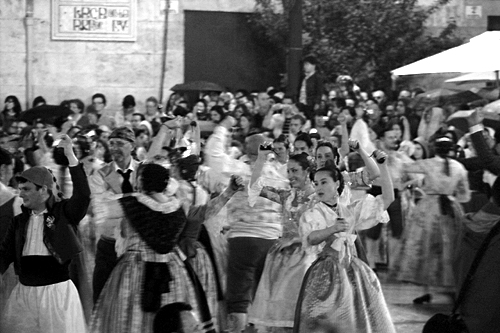
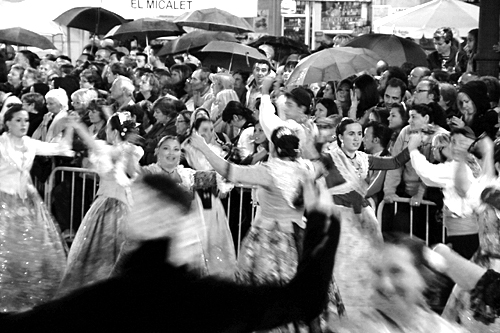
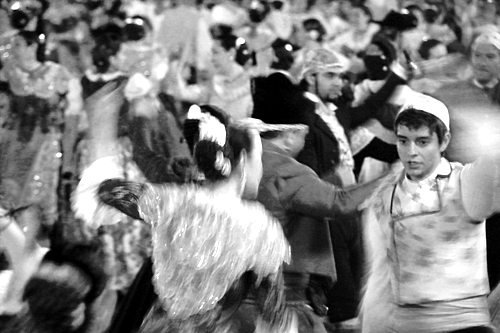
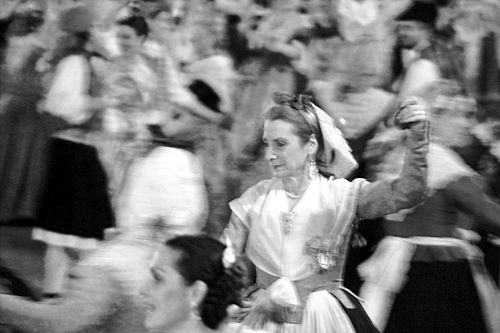
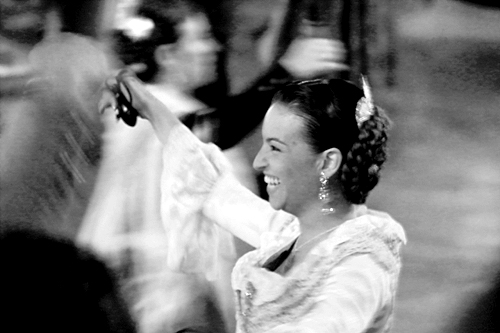
Pingback: Our Lady of the Forsaken Part 2: Insanity & Parades | Hola Valencia Blog
Pingback: Our Lady of the Forsaken